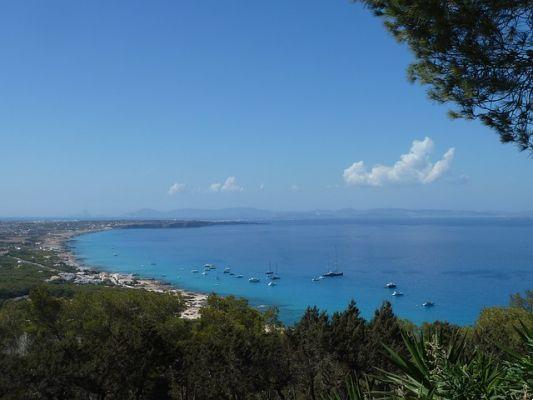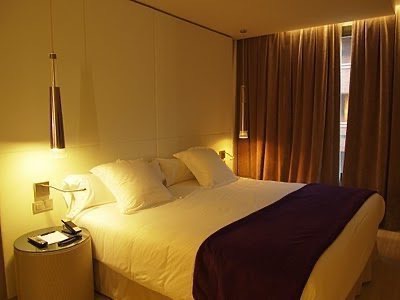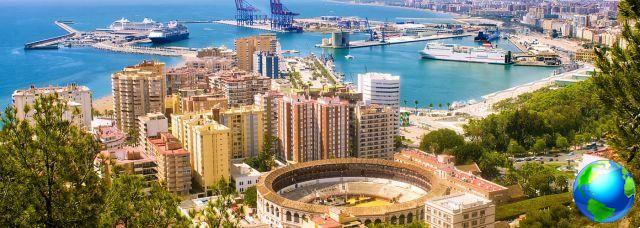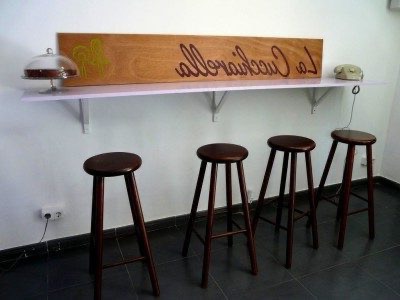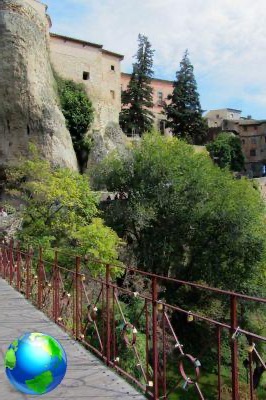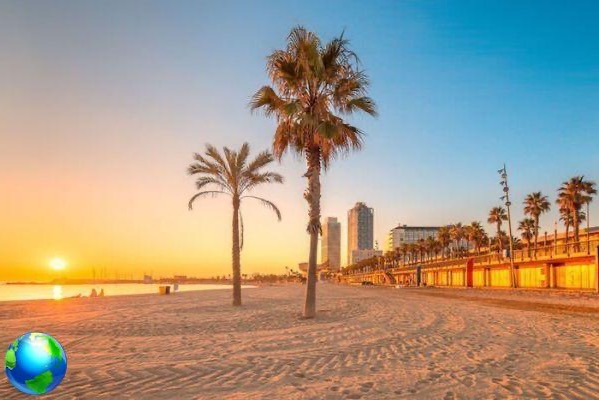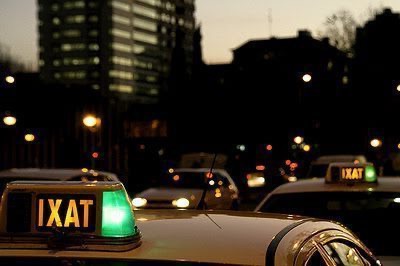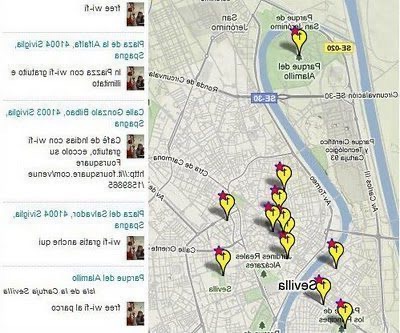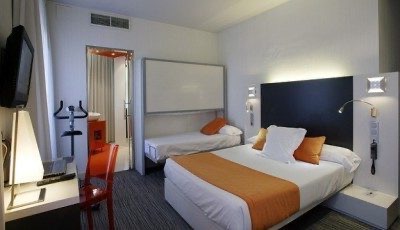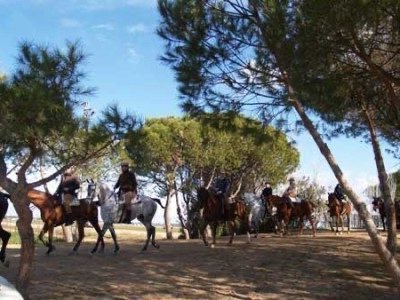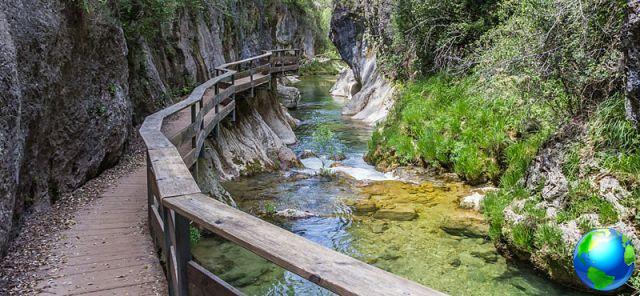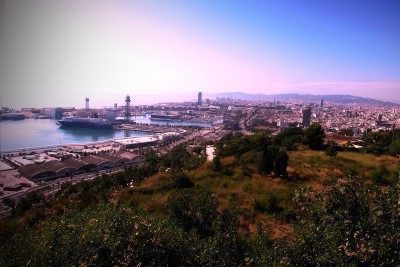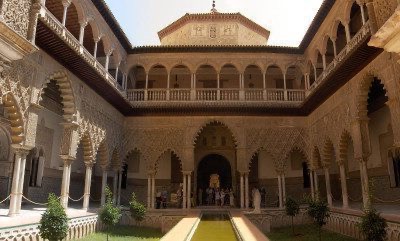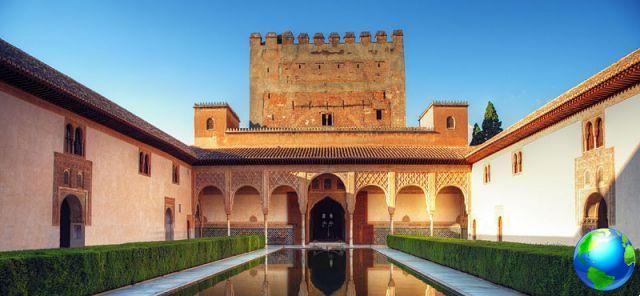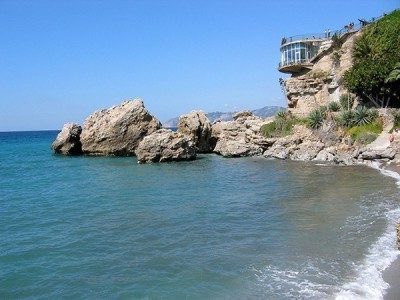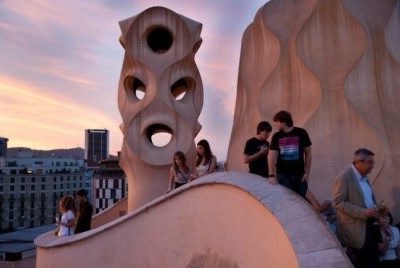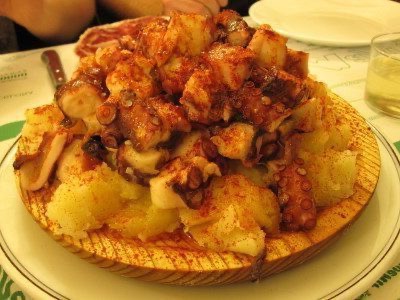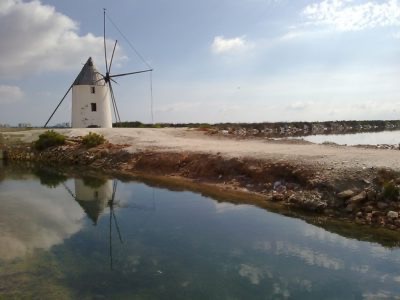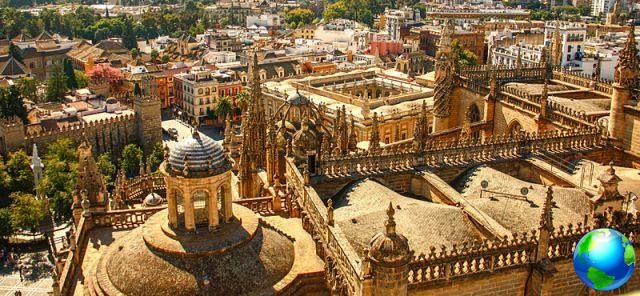
Thanks to the Guadalquivir, Spain's only navigable river that divides the city in two, Seville has always been one thriving shopping mall so much so that in the fourteenth century it earned the nickname of “puerto y puerta de Indias”.
La mythology he wants Seville to have been founded by Hercules but in reality its origins are due to the Tartesi and the Romans, who called it Hispalis. In 712 the city was conquered by the Arabs and in this period Isbiliya, the Arabic name of Seville, experienced its maximum splendor reaching its peak in the mid-twelfth century when the Major Mosque and its minaret, the famous Giralda, were built. today a symbol of the city.
Since 1248, when the Catholic Ferdinand III of Castile reconquered Seville, the city underwent rapid transformations: the Major Mosque was replaced with the Cathedral and the port, in the fourteenth century, obtained the monopoly of Spanish trade with the American continent, effectively transforming Seville in one of the richest and most cosmopolitan cities in the world.
Thanks to the arrival of numerous artists during the Spanish golden century, like Zurbaran, Murillo, Juan de Valdés Leal, Juan Martinez Montanés and Pedro Roldan, Seville experienced a great artistic and architectural development with the construction of majestic Renaissance and Baroque palaces. Unfortunately, with the plague epidemic of 1649 and the cover-up of the Guadalquivir in 1717, Seville experienced a strong period of decline which, with ups and downs, dragged on until the twentieth century.
Before the Spanish Civil War Seville hosted the'Universal Exhibition of 1929 and, on the occasion of the V Centenary of the Discovery of America, it welcomed millions of visitors for the 1992 Expo. For these events Seville has undergone an important modernization: Piazza di Spagna, Piazza dell'America, the pavilions of the Maria Luisa Park , a Tecoologico park home to important companies, new roads, stations and AVE high-speed rail lines that connect it to Madrid in a few hours, avant-garde style buildings and eight bridges over the Guadalquivir, such as the Alamillo bridge, symbol of Seville modern.




